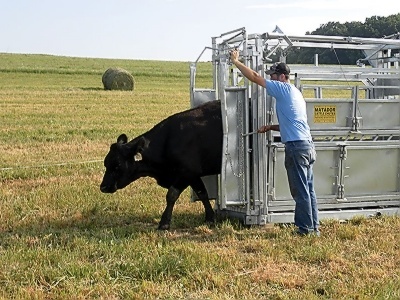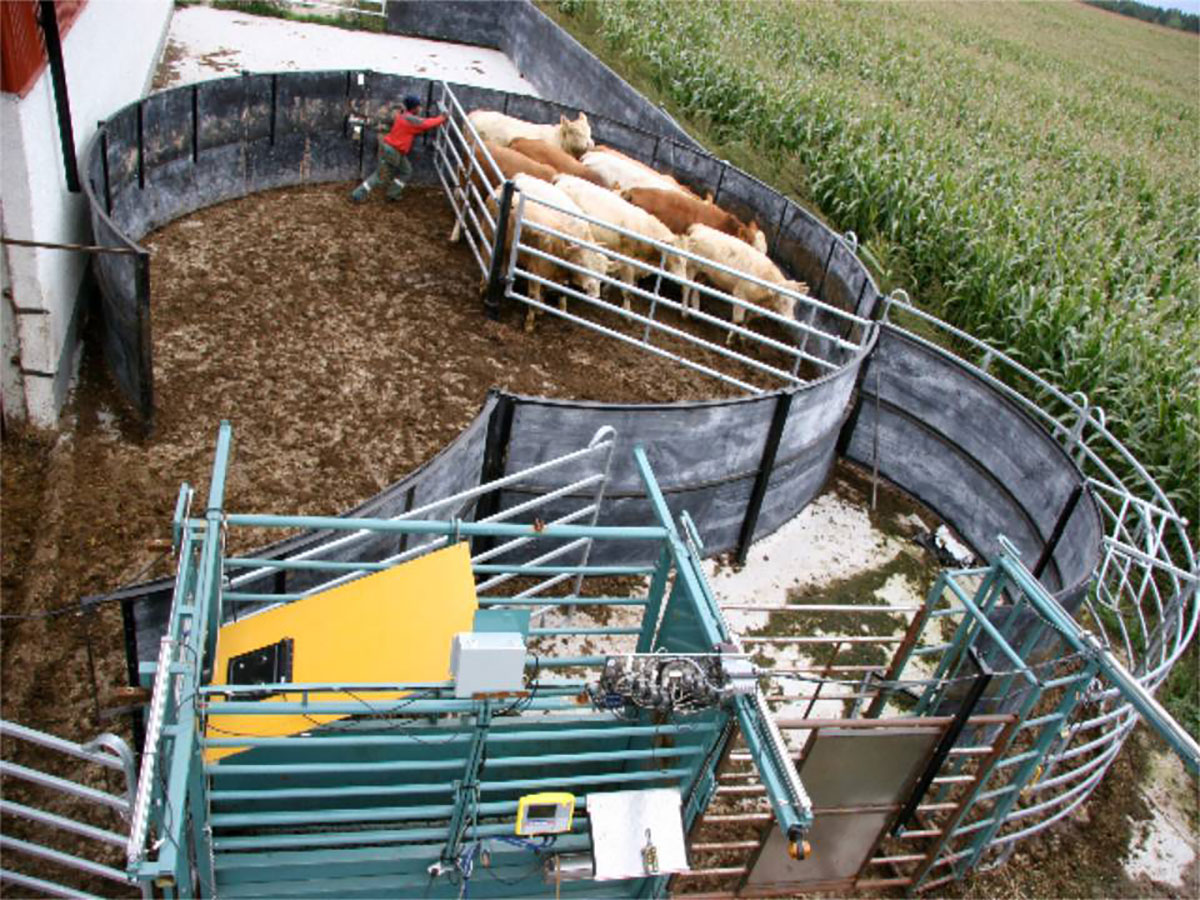
Weighing cattle can stress them, slow their weight gain and even lead to injuries. To improve animal welfare and reduce stress, there is a need for handlers to learn about livestock behaviour during handling.
The correct handling of cattle is a vital component of quality food production and good animal welfare. Handling cannot improve the basic product, but good handling will minimise product quality loss and lessen stress on animals.
The basic elements of animal handling are the handler, the stock and the facilities. These elements are all interdependent.

As indicated cattle can sometimes be naturally stressed when being forced into a crush. Thorough knowledge of behaviour patterns in cattle is necessary to enable handlers to work effectively with them. Cattle are large powerful animals and for this reason, good handling facilities are crucial for effective management.

An animal that is stressed can easily injure itself and the handlers. Using experienced handlers that are familiar with the behaviour of cattle can therefore minimise the stress on the cattle and ensure a smooth weighing process.
To facilitate the accurate determination of mass, any other process or treatment that the cattle have to undergo in the crush should be done after weighing. Whilst weighing cattle it is critical that they remain absolutely motionless on the scale for a few seconds in order to ensure that an accurate reading is obtained. This means that cattle have to be as relaxed as possible when weighing and processes or treatments that might cause cattle stress must therefore be done after the scale.

Click here to view a video that explains the do's and don'ts when weighing animals.